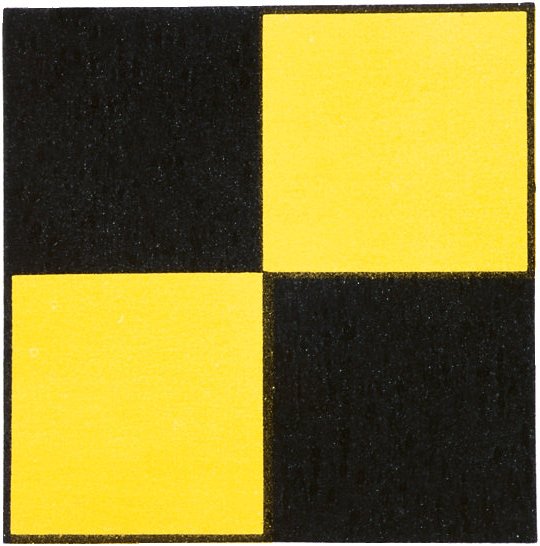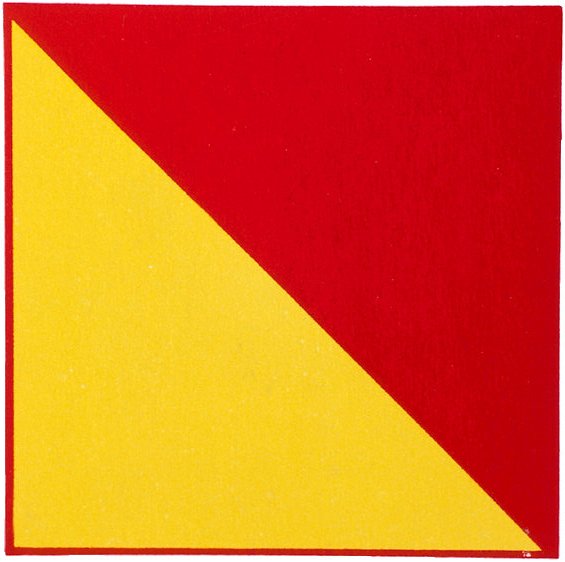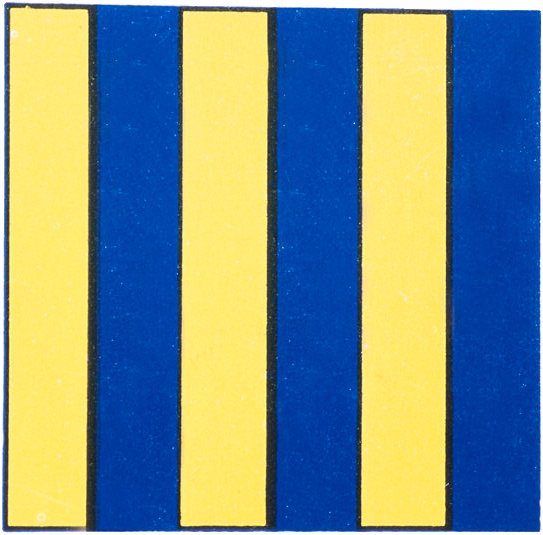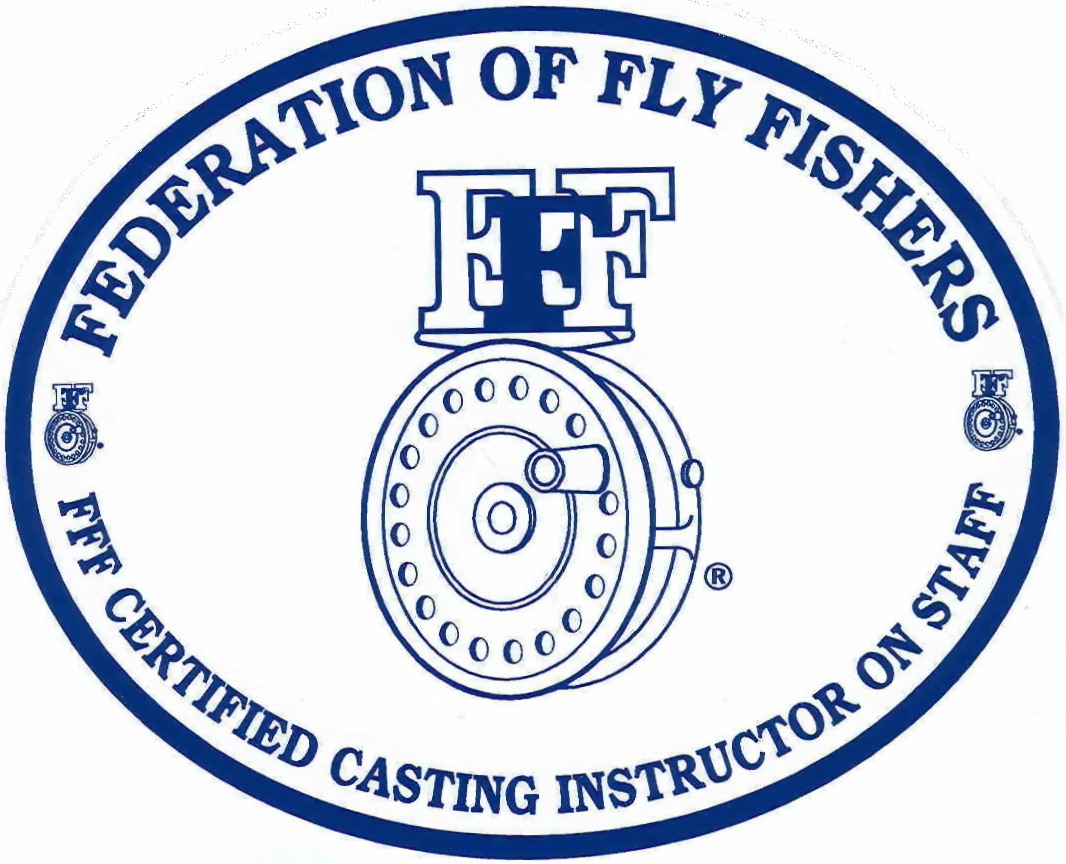Odds 'n Ends
by Captain Jim Barr on 09/14/16
Skinny Water Charters got a mention in the Spring 2016 issue of Anglers Journal magazine in an article entitled "Magic Hatch", authored by Capt. John Jinishian. This brief but well crafted article talks about the Rhode Island Cinder Worm Hatch. Here's the link: http://www.anglersjournal.com/saltwater/magic-hatch/
 In the next couple of days I am having a foredeck casting brace installed on my bay boat. This will provide a significant level of stability for anglers wanting to cast from the foredeck in bumpy conditions. The brace is removable and will be stowed behind the helm leaning post when not deployed. It will look something like the photo on the right.
In the next couple of days I am having a foredeck casting brace installed on my bay boat. This will provide a significant level of stability for anglers wanting to cast from the foredeck in bumpy conditions. The brace is removable and will be stowed behind the helm leaning post when not deployed. It will look something like the photo on the right.  A fly rod that gets a lot of use will in time show a significant degradation of the cork grip. Typically the grip will get dark and slippery from wear and tear, and from hand oil, perspiration, sunblock, fish slime etc. Also the cork rings will begin degrading as small pieces of the cork material begin chunking out. There's an easy fix for this that will bring the grip back to near factory condition and it doesn't take much time. First off, use some very fine grain sandpaper and gently sand the grip from the top to the bottom, take your time and be careful. It's best to cover the rod blank near the grip with standard masking tape, a two inch protective wrap is all that's necessary. Likewise protect the first inch of the reel seat with tape. This will provide protection to these delicate components as you sand the grip. Next, find a wine cork (I have plenty- just ask) and with slightly heavier grit sandpaper, sand the cork and save the cork dust in a small container. Next on a large "Post It" pad, make a small pile of the cork dust and mix in Elmer's wood glue (cream color) with a coffee stirrer or toothpick. Then go about filling the pits in the grip with the cork dust/glue mixture- carefully packing each pit and then smoothing the surface as best you can without pulling the mixture out. Allow the grip to fully dry and then sand it again, at first very gently with the heavier sandpaper you used on the wine cork. This will remove a lot of the rough spillover material and high points. Then, use the fine sandpaper to sand the grip smooth. You will be amazed how nicely the cork glue mixture has restored the grip.
A fly rod that gets a lot of use will in time show a significant degradation of the cork grip. Typically the grip will get dark and slippery from wear and tear, and from hand oil, perspiration, sunblock, fish slime etc. Also the cork rings will begin degrading as small pieces of the cork material begin chunking out. There's an easy fix for this that will bring the grip back to near factory condition and it doesn't take much time. First off, use some very fine grain sandpaper and gently sand the grip from the top to the bottom, take your time and be careful. It's best to cover the rod blank near the grip with standard masking tape, a two inch protective wrap is all that's necessary. Likewise protect the first inch of the reel seat with tape. This will provide protection to these delicate components as you sand the grip. Next, find a wine cork (I have plenty- just ask) and with slightly heavier grit sandpaper, sand the cork and save the cork dust in a small container. Next on a large "Post It" pad, make a small pile of the cork dust and mix in Elmer's wood glue (cream color) with a coffee stirrer or toothpick. Then go about filling the pits in the grip with the cork dust/glue mixture- carefully packing each pit and then smoothing the surface as best you can without pulling the mixture out. Allow the grip to fully dry and then sand it again, at first very gently with the heavier sandpaper you used on the wine cork. This will remove a lot of the rough spillover material and high points. Then, use the fine sandpaper to sand the grip smooth. You will be amazed how nicely the cork glue mixture has restored the grip. 
And then there were 5! I didn't break this four piece 8-weight rod from a section of the rod that came unseated, I broke it putting too much pressure on a gorgeous steelhead I hooked last December on the Elk River, in Erie, PA. However, I have seen anglers on my boat who choose to fish with their own rods, routinely cast off the tip section and the next section below it when they are false casting. Over the course of a five hour or longer charter, with god knows how many false and actual casts being made, multi-piece fly rod sections will start to work free from one another, no matter how firmly you seat them when you set up your rod for the day. (This applies less to zipguns- my term for spinning rods, but even multi-piece zips will work free.) A surefire and easy way of preventing this from occurring is to apply simple candle wax to the male ferrule sections. Then when you join each section during the setup, join each section at right angles to the other and slowly twist and push the two sections together. I can virtually guarantee they won't migrate during the day and cause you to cast off a section or break the rod from a loose connection.
 As a kid you may have played with a Slinky toy, I still do, but the ones I play with belong to clients and are actually coiled and twisted fly lines from either having been stored on the reel for way too long without stretching before a fishing outing (line memory), or line twist that can be caused by a number of factors that include casting with an oval path of the rod tip. Let me explain the latter. Fly casting at it's very basic definition is the back and forth movement of the fly rod, and the fly line that kind of goes along for the ride. Multiple and linked forward and backward strokes that we make without actually shooting the line to the target is what we call "false casting"- a process that gets us ready to make the final cast. False casting can be done to lengthen line, incrementally change the direction of the fly line, dry a fly that has been waterlogged, gauge distance to the target, etc. As we go through the motions of casting, the rod tip should follow a straight line path (SLP) in it's front to back movement. A rod that follows a SLP with proper power application and good starts and stops on the forward and back casts will cause your fly line to develop narrower loops (generally good) and avoid large loops from a convex rod tip path, or tailing loops caused by a concave path of the rod tip. For further information about SLP visit https://youtu.be/0eBlMG2Ds9Q .As for line twist this can develop from casting large non-aerodynamic fly patterns, stripping off too much line and not casting all of it and from the casting stroke itself.
As a kid you may have played with a Slinky toy, I still do, but the ones I play with belong to clients and are actually coiled and twisted fly lines from either having been stored on the reel for way too long without stretching before a fishing outing (line memory), or line twist that can be caused by a number of factors that include casting with an oval path of the rod tip. Let me explain the latter. Fly casting at it's very basic definition is the back and forth movement of the fly rod, and the fly line that kind of goes along for the ride. Multiple and linked forward and backward strokes that we make without actually shooting the line to the target is what we call "false casting"- a process that gets us ready to make the final cast. False casting can be done to lengthen line, incrementally change the direction of the fly line, dry a fly that has been waterlogged, gauge distance to the target, etc. As we go through the motions of casting, the rod tip should follow a straight line path (SLP) in it's front to back movement. A rod that follows a SLP with proper power application and good starts and stops on the forward and back casts will cause your fly line to develop narrower loops (generally good) and avoid large loops from a convex rod tip path, or tailing loops caused by a concave path of the rod tip. For further information about SLP visit https://youtu.be/0eBlMG2Ds9Q .As for line twist this can develop from casting large non-aerodynamic fly patterns, stripping off too much line and not casting all of it and from the casting stroke itself.
As for the casting stroke, if we unconsciously introduce an off track casting stroke or an elliptical or oval stroke in our forward and back casts such as in the Belgian cast, and we do it repeatedly the off track path and the more exaggerated elliptical path of the rod tip can introduce line twist and coils resulting in a line that does not freely pass through the fly rod's guides. The spare line at your feet below the reel can be severely coiled and the line between your line hand and the deck or water's surface can be severely twisted onto itself.
How this plays out will not only affect your ability to achieve distance in the cast because the coiled line gets hung up in the stripping and snake guides as it leaves the fly rod toward the direction of the cast, but the coiled line can actually be so severe that it will not pass through one or more of the guides. In the latter case, let's say you have made your cast, a strong and fast fish eats your fly and immediately heads for Block Island, your coiled line gets hung up in the guides and you, 1. Break off the fish of your dreams, 2. Rip out a guide on your rod, 3. Break the rod because you cannot control the fish, or 4. All three.

So, how do we solve the problem of coiled lines? First, before you fish, stretch your line at home or at the dock or have the guide tow your fly line (with no fly attached) behind the boat as you leave the dock. The water tension acting on the line will not only stretch it but uncoil it. Alternatively try these steps as illustrated by a RIO Products representative: https://youtu.be/N4O5YBSapRgtwist
To fix bad tracking problems first see if you have the problem. At home (not while fishing) examine the path of your rod tip and fly line as you practice casting. Lay out a target in front of you on the lawn (a hat, soccer cone etc) and another behind you. Run a string, rope or tape measure between the two targets (spread the targets about 120 feet apart). Stand on the halfway point and begin your false casting along the line. Carefully watch the fly line in both directions and adjust your casting stroke so that the line tracks to each target. Better yet, before you make any changes to your casting stroke set up a tripod with a GoPro or camera phone. Position the camera 60 feet or so away from your casting position facing you from your front target. First false cast toward the camera for 5 minutes, then turn around leaving the camera as is and cast towards the rear target. Examine the footage of your video and you will readily see if your rod and line are tracking correctly Make corrections as necessary and record yourself again.
Another option of course is to contact a IFFF certified fly casting instructor for professional assistance.
 As a kid you may have played with a Slinky toy, I still do, but the ones I play with belong to clients and are actually coiled and twisted fly lines from either having been stored on the reel for way too long without stretching before a fishing outing (line memory), or line twist that can be caused by a number of factors that include casting with an oval path of the rod tip. Let me explain the latter. Fly casting at it's very basic definition is the back and forth movement of the fly rod, and the fly line that kind of goes along for the ride. Multiple and linked forward and backward strokes that we make without actually shooting the line to the target is what we call "false casting"- a process that gets us ready to make the final cast. False casting can be done to lengthen line, incrementally change the direction of the fly line, dry a fly that has been waterlogged, gauge distance to the target, etc. As we go through the motions of casting, the rod tip should follow a straight line path (SLP) in it's front to back movement. A rod that follows a SLP with proper power application and good starts and stops on the forward and back casts will cause your fly line to develop narrower loops (generally good) and avoid large loops from a convex rod tip path, or tailing loops caused by a concave path of the rod tip. For further information about SLP visit https://youtu.be/0eBlMG2Ds9Q .As for line twist this can develop from casting large non-aerodynamic fly patterns, stripping off too much line and not casting all of it and from the casting stroke itself.
As a kid you may have played with a Slinky toy, I still do, but the ones I play with belong to clients and are actually coiled and twisted fly lines from either having been stored on the reel for way too long without stretching before a fishing outing (line memory), or line twist that can be caused by a number of factors that include casting with an oval path of the rod tip. Let me explain the latter. Fly casting at it's very basic definition is the back and forth movement of the fly rod, and the fly line that kind of goes along for the ride. Multiple and linked forward and backward strokes that we make without actually shooting the line to the target is what we call "false casting"- a process that gets us ready to make the final cast. False casting can be done to lengthen line, incrementally change the direction of the fly line, dry a fly that has been waterlogged, gauge distance to the target, etc. As we go through the motions of casting, the rod tip should follow a straight line path (SLP) in it's front to back movement. A rod that follows a SLP with proper power application and good starts and stops on the forward and back casts will cause your fly line to develop narrower loops (generally good) and avoid large loops from a convex rod tip path, or tailing loops caused by a concave path of the rod tip. For further information about SLP visit https://youtu.be/0eBlMG2Ds9Q .As for line twist this can develop from casting large non-aerodynamic fly patterns, stripping off too much line and not casting all of it and from the casting stroke itself. As for the casting stroke, if we unconsciously introduce an off track casting stroke or an elliptical or oval stroke in our forward and back casts such as in the Belgian cast, and we do it repeatedly the off track path and the more exaggerated elliptical path of the rod tip can introduce line twist and coils resulting in a line that does not freely pass through the fly rod's guides. The spare line at your feet below the reel can be severely coiled and the line between your line hand and the deck or water's surface can be severely twisted onto itself.
How this plays out will not only affect your ability to achieve distance in the cast because the coiled line gets hung up in the stripping and snake guides as it leaves the fly rod toward the direction of the cast, but the coiled line can actually be so severe that it will not pass through one or more of the guides. In the latter case, let's say you have made your cast, a strong and fast fish eats your fly and immediately heads for Block Island, your coiled line gets hung up in the guides and you, 1. Break off the fish of your dreams, 2. Rip out a guide on your rod, 3. Break the rod because you cannot control the fish, or 4. All three.

So, how do we solve the problem of coiled lines? First, before you fish, stretch your line at home or at the dock or have the guide tow your fly line (with no fly attached) behind the boat as you leave the dock. The water tension acting on the line will not only stretch it but uncoil it. Alternatively try these steps as illustrated by a RIO Products representative: https://youtu.be/N4O5YBSapRgtwist
To fix bad tracking problems first see if you have the problem. At home (not while fishing) examine the path of your rod tip and fly line as you practice casting. Lay out a target in front of you on the lawn (a hat, soccer cone etc) and another behind you. Run a string, rope or tape measure between the two targets (spread the targets about 120 feet apart). Stand on the halfway point and begin your false casting along the line. Carefully watch the fly line in both directions and adjust your casting stroke so that the line tracks to each target. Better yet, before you make any changes to your casting stroke set up a tripod with a GoPro or camera phone. Position the camera 60 feet or so away from your casting position facing you from your front target. First false cast toward the camera for 5 minutes, then turn around leaving the camera as is and cast towards the rear target. Examine the footage of your video and you will readily see if your rod and line are tracking correctly Make corrections as necessary and record yourself again.
Another option of course is to contact a IFFF certified fly casting instructor for professional assistance.
Comments (0)





